In Diagnostic Tools in Veterinary Medicine, the author highlights how the Key Components of Veterinary Diagnostic System are Laboratory, Devices, and Veterinary Diagnostic Tests. Traditionally, laboratory diagnostics for veterinary pathogens have relied on methods of detecting the pathogen by culture or antibodies, using varied techniques, such as neutralization, Enzyme-linked Immunosorbent Assay (ELISA), agar gel immunodiffusion, and complement fixation. Over the years, new molecular diagnostic techniques have emerged, such as Polymerase Chain Reaction (PCR) or Western blot, as well as improved older techniques by using recombinant antigens, monoclonal antibodies, or synthetic peptides. New molecular techniques enable veterinarians to day use new tools for rapid and specific diagnosis of animal disease in real-time. 619 p.

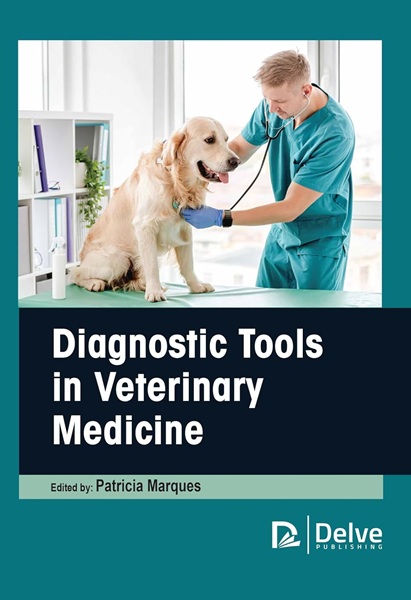

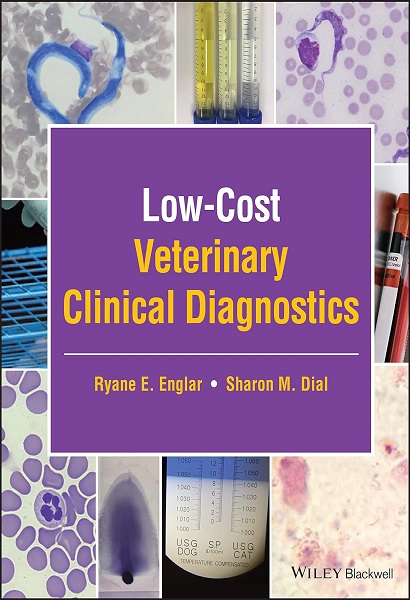
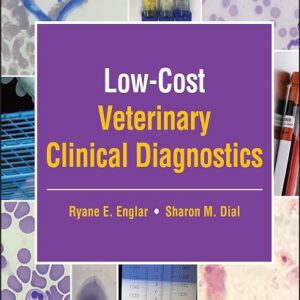
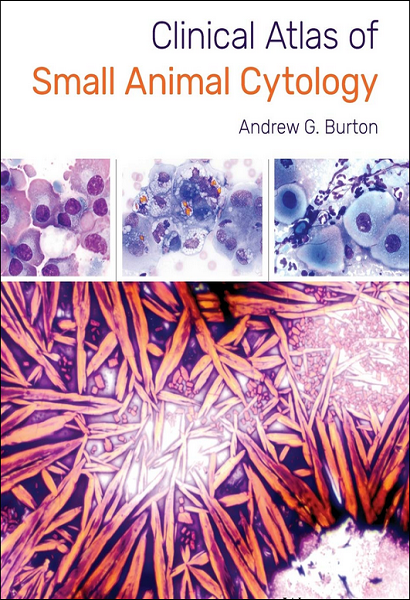


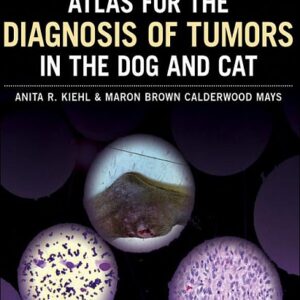


You must be logged in to submit a review.